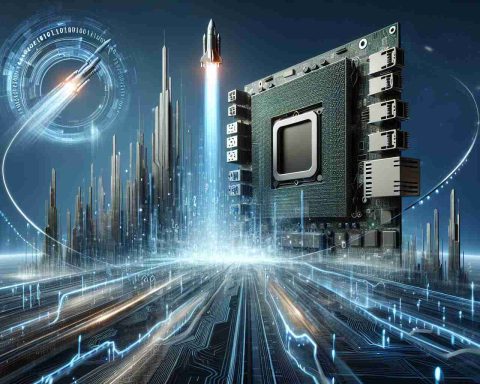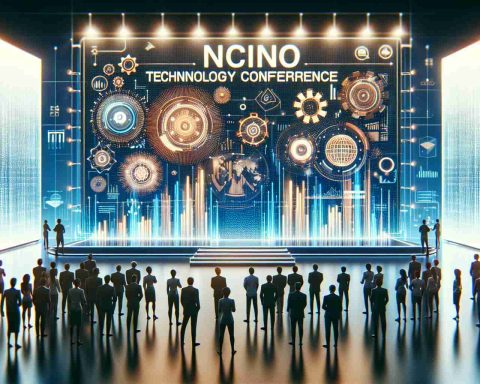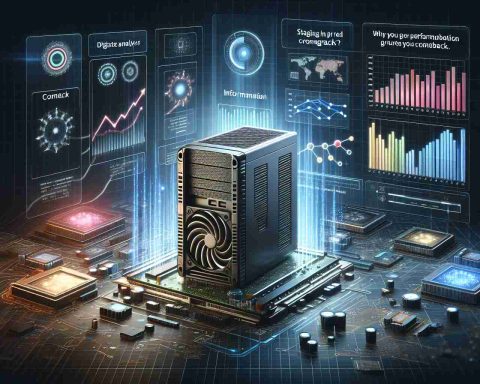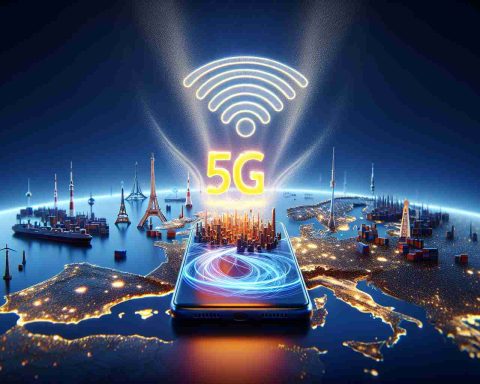In a groundbreaking move, Nokia has secured an agreement with Deutsche Telekom AG (DT) to spearhead the development of an advanced Open RAN network across Germany. This strategic partnership will encompass more than 3,000 sites, marking a significant return for Nokia as a primary supplier to one of Europe’s largest telecommunications networks. By stepping into this role, Nokia will effectively replace the current network supplier within the designated areas.
Nokia’s Cutting-Edge Technology
Nokia is set to deploy its state-of-the-art O-RAN-compliant 5G AirScale portfolio, featuring the energy-efficient ReefShark System-on-Chip. This innovative technology offers high-capacity modular baseband solutions and cutting-edge Habrok Massive MIMO radios, positioned to revolutionize network efficiency. Complementing this hardware, Nokia will integrate its AI-driven MantaRay NM solution to enhance both network monitoring and management, delivering AI-powered services for superior performance and reliability.
A Vision for the Future
Key figures in the industry emphasized the importance of this collaboration. The Group CTO and Managing Director of Technology Germany at Deutsche Telekom conveyed a strong commitment to leveraging the existing network’s top-tier performance to provide the best customer experience. Nokia’s Tommi Uitto, President of the Mobile Networks Division, highlighted the strategic importance of the agreement, underlining Nokia’s strengthened partnership with a major European network operator.
This collaboration represents a forward-thinking approach, promising to elevate Germany’s connectivity landscape with cutting-edge technology and innovative solutions. As Nokia reestablishes its presence, the future of telecommunications in Germany looks brighter than ever.
Nokia’s Open RAN Initiative: A Double-Edged Sword for Germany’s Telecom Landscape
In a significant shift within Germany’s telecommunications sector, Nokia’s partnership with Deutsche Telekom AG marks a notable advancement in Open RAN technology deployment. As Nokia steps in as a primary supplier for over 3,000 sites, what does this mean for the everyday user, and how will it ripple through communities and countries?
Impact on Communities and Connectivity
The introduction of Nokia’s state-of-the-art Open RAN technology heralds considerable improvements in connectivity for users across Germany. With enhanced network efficiency through energy-efficient solutions such as the ReefShark System-on-Chip and the cutting-edge Massive MIMO radios, communities can expect faster and more reliable internet services. This is a major advantage for rural areas where connectivity has traditionally lagged, offering opportunities for economic growth and better access to digital resources.
However, as with any technological advancement, there are challenges. Transitioning thousands of network sites involves logistical complexities and potential temporary service disruptions, possibly affecting local businesses dependent on uninterrupted connectivity.
Controversies Surrounding Open RAN
The shift towards Open RAN has sparked debates within the industry. Proponents argue that Open RAN can foster innovation by allowing operators to mix and match hardware and software from different vendors. In contrast, critics caution about potential security risks, given that a more open system could present new vulnerabilities. These concerns make it essential for companies like Nokia to bolster their cybersecurity measures, ensuring that the rapid advancements do not come at the cost of consumer privacy and data protection.
Advantages and Disadvantages
Advantages:
– Cost Efficiency: By using Open RAN, operators can reduce costs by avoiding vendor lock-in and increasing competition among suppliers.
– Scalability: The modularity of Nokia’s solutions enables more flexible scaling, adapting to varying demands across different regions.
– Innovation: Encourages a more vibrant ecosystem of vendors, likely fostering faster technological advancements.
Disadvantages:
– Security Concerns: More open and interoperable systems might be harder to secure, posing cybersecurity challenges.
– Implementation Complexity: Integrating new technology into existing infrastructures can be daunting and may initially affect service reliability.
– Vendor Coordination: Managing and coordinating multiple vendors and ensuring interoperability can complicate network management.
FAQs
What is Open RAN and why is it significant?
Open RAN (Radio Access Network) refers to a set of standards that make the RAN architecture more open and flexible. It’s significant because it allows mobile operators to choose from a variety of vendors, improving flexibility and potentially lowering costs.
How will this impact average users?
For the average consumer, this could mean better network performance and more reliable service, especially in under-served areas. However, short-term disruptions might occur as the new systems are integrated.
What are the global implications?
Globally, adopting Open RAN can shift how countries build their telecom networks, promoting innovation while necessitating new strategies for managing security concerns.
For more insights into the ongoing technological shifts in telecommunications, visit Nokia’s official website and Deutsche Telekom’s homepage.























